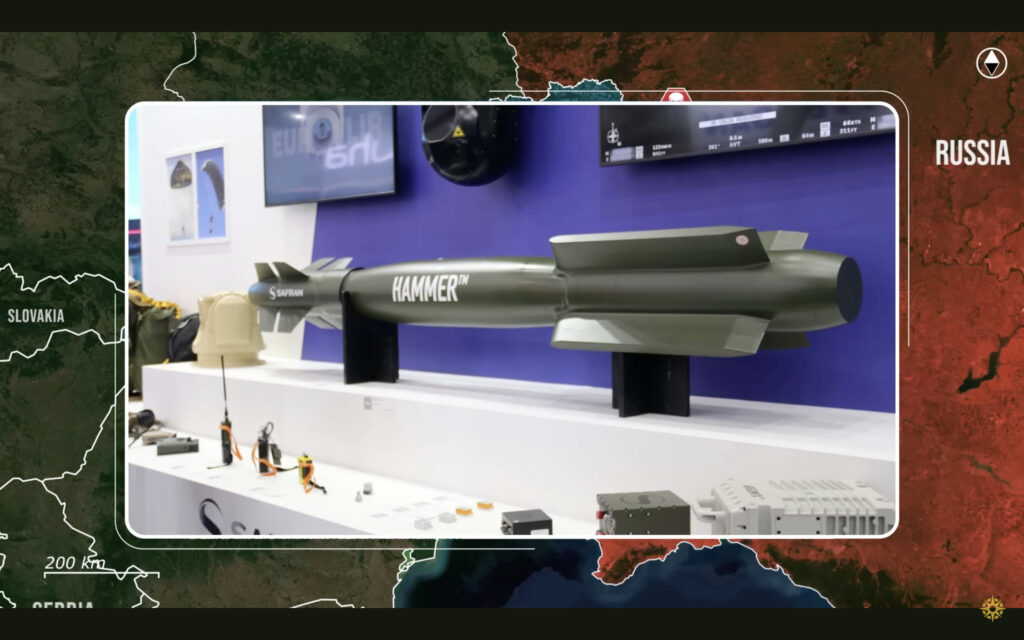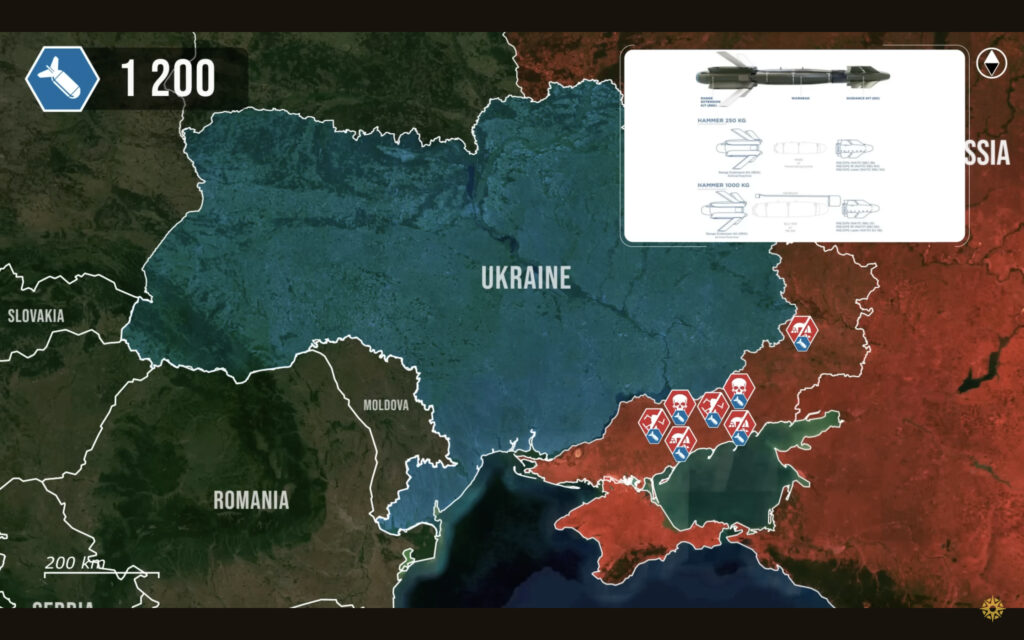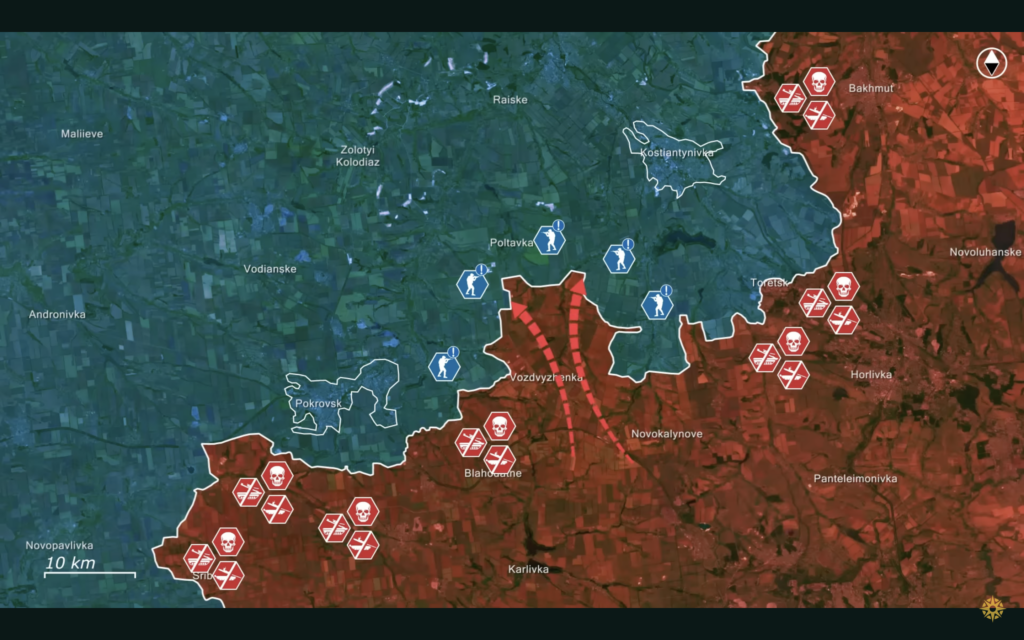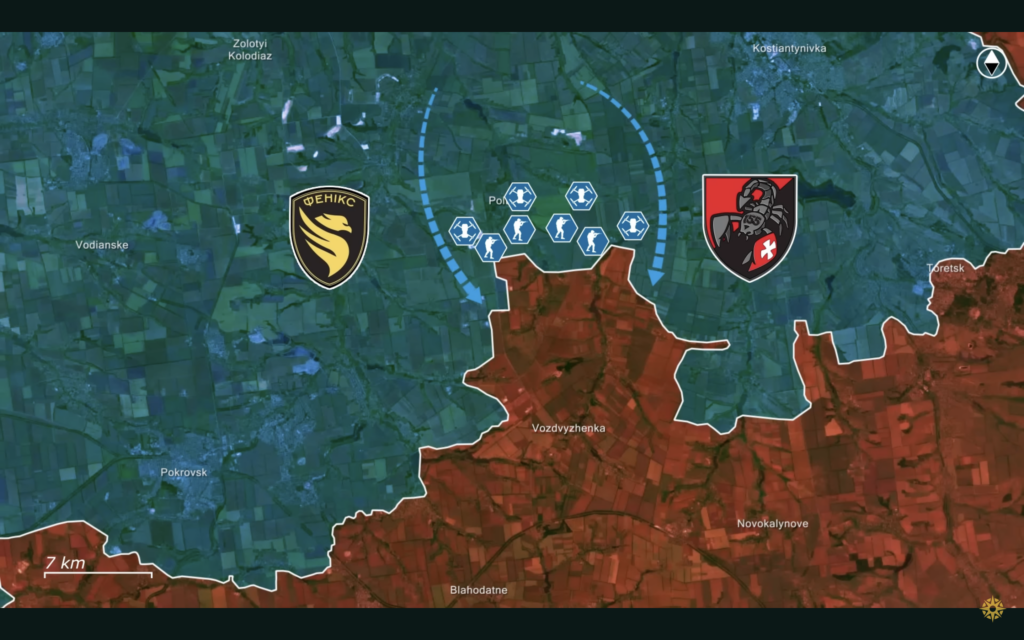Frontline report: French Hammer bombs enable Ukraine to eliminate Russian commanders

Today, there are a lot of interesting updates from Ukraine.
Here, Ukrainian forces are unleashing a wave of precision strikes supplied for by the French arms industry—obliterating Russian positions, command posts, and troop concentrations with deadly accuracy. In response to their success, France is sending its entire production of these guided bombs this year straight to Ukraine, doubling Ukraine’s monthly supply and escalating the pressure on Russian forces.
French Army General Nicolas Richoux recently stated that sanctions alone are not enough to bring Russia to the negotiating table. According to him, the only realistic path to a ceasefire, or any negotiated peace, requires the West to deliver large-scale military assistance to Ukraine. Other officials agreed and reiterated that the only way to reach peace and deter Russia further is by arming Ukraine to the teeth by any means necessary. France has provided over €8 billion in military aid since the start of the war, including advanced systems like the AASM-guided bombs, which have proven highly effective on the battlefield.

Combat footage from the battlefield reveals how the Hammer-guided bombs rarely miss, which is why the Ukrainians used them to great effect to strike and demolish Russian command posts, force concentration, and control points for Russian drone operators.
In Bakhmut, Ukrainians hit such an exact Russian command post of the Third Army Corps in a high-rise building, eliminating the high-level commanders, and delaying the already slow assaults in the Chasiv Yar area.

In Kursk, Ukrainian first started bombing buildings in Tyotkino where Russian drone operators were stationed.
They then expanded their operations by striking against Russian strongpoints and fortifications concealed in the tree lines in the border area, scoring direct impacts, and destroying the strongholds.
The most significant Ukrainian strikes targeted and destroyed large Russian forces concentrations in Guyevo, using drones to detect them and then relay information to fighter jets, destroying Russian forces that were preparing for an assault in Sumy.

In coordination with the reconnaissance teams, the Ukrainian Air Force also struck concealed positions of Russian drone operators deep in the rear, effectively eliminating a big part of the Russian drone threat.
The Ukrainian precision bomb strikes in Kursk against Russian forces’ concentrations, command posts, and drone operators are aimed at thwarting the Russian summer offensive in this area, eliminating their forces in the rear before they organize for attacks, and undermining their drone support.
Ukrainian Air Force has also been very active in Zaporizhzhia, launching a destructive series of strikes against the Russian units.
Geolocated combat footage reveals how the Ukrainians identified and destroyed multiple buildings at once where Russian drone operators were hiding, outmatching the operators completely.

Here, Ukrainians also did not miss Russian forces’ concentrations, destroying large numbers of the little reserves Russians have stationed here.
Lastly, they hit a series of Russian command posts, cutting the head off the snake in Russian attempts to revitalize an offensive in Zaporizhzhia.

The effectiveness of AASM Hammer bombs only increased their demand among Ukrainian Air Force personnel, who praised them for their precision and effectiveness, and urged the French to deliver more of them. Given the excellent results, French officials stated that they will produce over 1,200 AASM Hammer guided bombs this year, and will send all of them to Ukraine.
The AASM Hammer is a modular kit that turns standard 125 to 1,000 kilogram bombs into precision-guided weapons. It combines a nose-mounted guidance system with added wings on the tail and a solid-fuel booster to give it a range of up to 70 km from fighter jets while still being deadly accurate, allowing Ukraine to hit Russian targets precisely while staying out of the range of Russian air defenses. Using a combination of GPS, infrared, and inertial navigation, it maintains high accuracy even in bad weather or under jamming, meaning that once it’s launched, Russians can do nothing to stop it from connecting with its target.

Overall, the Ukrainian forces intensified their air strikes against the Russians ever since the recent delivery of French AASM Hammer-guided bombs, with up to 30 visually confirmed bomb strikes against Russian forces confirmed in the last month alone. The recently announced increase in production and delivery is doubling the bomb supply to Ukrainians, which will simultaneously double the Russian losses inflicted by them.
The Ukrainians utilized Hammer bombs to strike Russian forces’ concentrations, all of which usually contain a full unit or company of at least ten to fifty soldiers, meaning that the newly announced delivery of 1200 French bombs could wipe out from 6- to 30,000 Russian soldiers, including key officers in the rear areas – capabilities that will play a crucial role in repelling the Russian summer offensive.
In our regular frontline report, we pair up with the military blogger Reporting from Ukraine to keep you informed about what is happening on the battlefield in the Russo-Ukrainian war.





